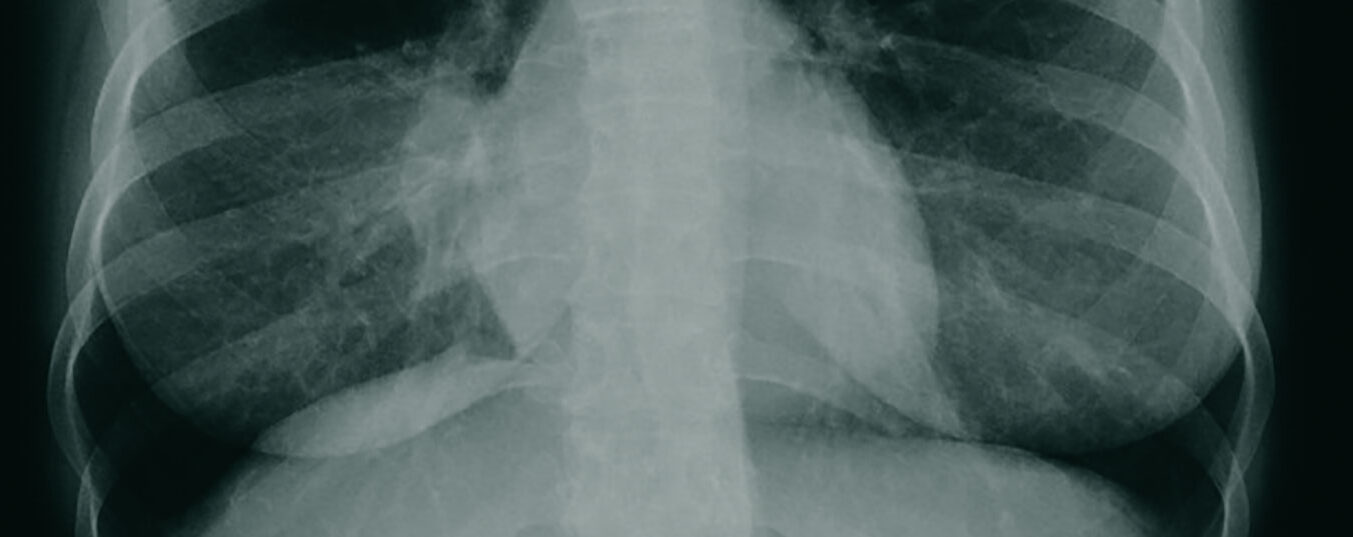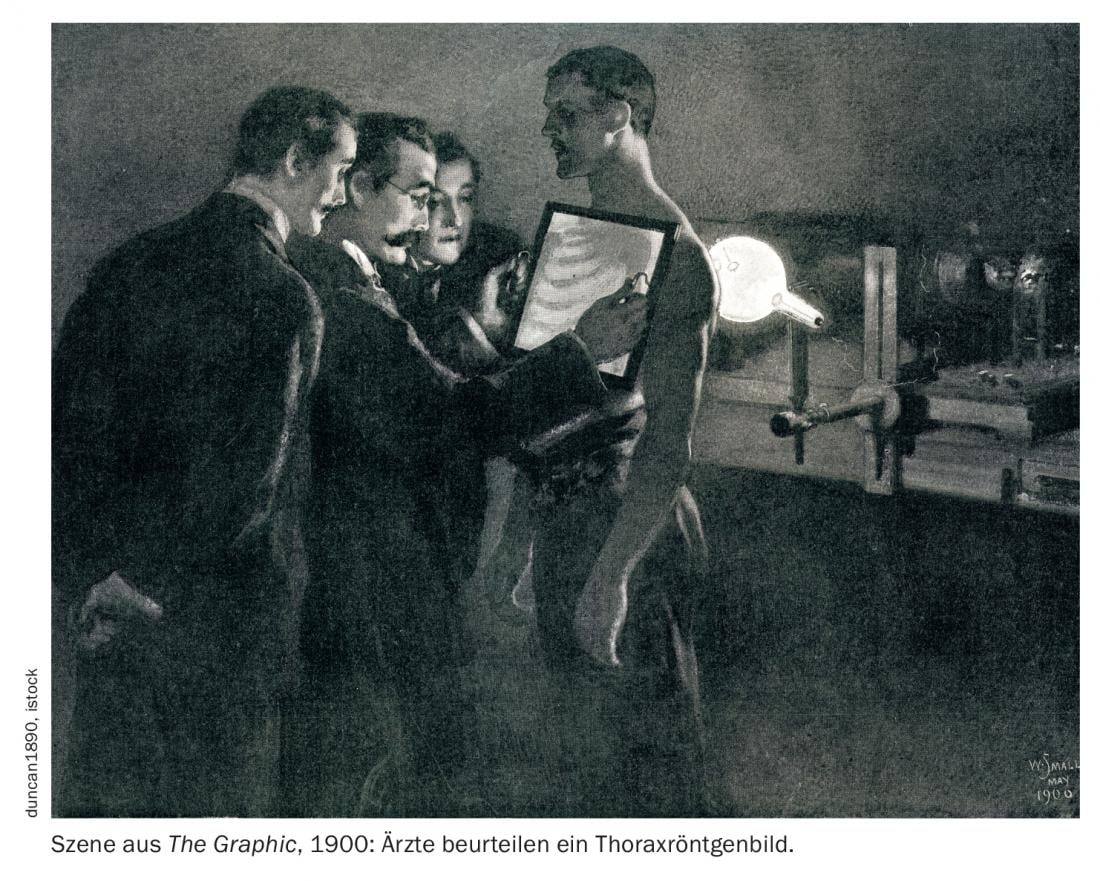The clinical picture of Pancoast tumor is widely known. But where does the somewhat strange name actually come from? We got to the bottom of it.
A peripheral non-small cell bronchial carcinoma of the apex or upper lung furrow, Pancoast tumor is feared primarily because of its rapid spread to the ribs, vertebrae, soft tissues of the neck, and brachial plexus. Sooner or later, this leads to the so-called “pancoast syndrome”, a symptom complex caused by compression and displacement of various structures. These may include Horner’s syndrome with miosis, ptosis, and enophthalmos, as well as neurologic symptoms in the arm, blockage of blood and lymphatic drainage from the arm, upper influence congestion, and rib pain. According to the organs involved, several surgical disciplines are often required after induction radiochemotherapy: Thoracic surgery, orthopedics, neurosurgery. The success of their interaction is crucial for the prognosis, which is largely determined by the achievement of an R0 resection.
Even if the clinical picture of the Pancoast tumor is known to most physicians and certainly one or the other has already had contact with it, only a few can explain the origin of the unusual name. In the hectic pace of everyday clinical life between diagnostics, patient discussions, therapy and a great deal of documentation, this is also not the focus, but is nevertheless worth a brief digression.
Eponym from Philadelphia
Even if he was not the first to address NSCLC of the lung apex, Pancoast tumor is named after Henry Khunrath Pancoast, who was born in Philadelphia in 1875. Before him, the English surgeon Edward Selleck Hare reported apical lung cancer in 1838 and Publio Ciuffini in 1911. It was not until 1924, 86 years after it was first mentioned, that Henry Pancoast published three cases. In 1932, he described what later became Pancoast’s tumor under the name “superior pulmonary sulcus tumor.”
Henry Khunrath Pancoast studied at the Pennsylvania Medical School at the end of the 19th century and soon followed in the footsteps of his father, who was also a physician. Even during his training as an anesthesiologist, he had his eye on radiology. In 1902 – after only two years of clinical work- he became head of the X-ray department of the Pennsylvania Medical School. In 1912, at the age of 38, he was appointed the first U.S. professor of radiology.
Throughout his career, Henry Pancoast shaped the development of medical imaging. He placed great emphasis on teaching and research and was instrumental in the beginnings of radiotherapy with X-rays, especially in the irradiation of inoperable tumors. He also focused his activity on radiographs of the thorax and neurocranium and contributed to the discovery of silicosis and pneumoconiosis. His tireless commitment continued until his death in 1939. A commitment that lives on to this day, so to speak, in the names of Pancoast tumor and syndrome. As late as 2021, the Department of Radiation Oncology at the University of Pennsylvania will also bear his name.
Literature:
- Rusch VW: Management of Pancoast tumours. Lancet Oncol. 2006; 7(12): 997-1005.
- Roche Encyclopedia of Medicine.5th ed: Elsevier GmbH, Urban & Fischer Verlag; 2003.
- Griesinger F, et al: Lung cancer, non-small cell (NSCLC). Onkopedia 2019. www.onkopedia.com/de/onkopedia/guidelines/lungenkarzinom-nicht-kleinzellig-nsclc/@@guideline/html/index.html (last accessed Jan 10, 2021).
- Henry Khunrath Pancoast. whonamedit.com. www.whonamedit.com/doctor.cfm/2505.html (last accessed Jan. 10, 2021).
InFo ONCOLOGY & HEMATOLOGY 2021; 9(1): 36.
HAUSARZT PRAXIS 2021; 16(2): 42












